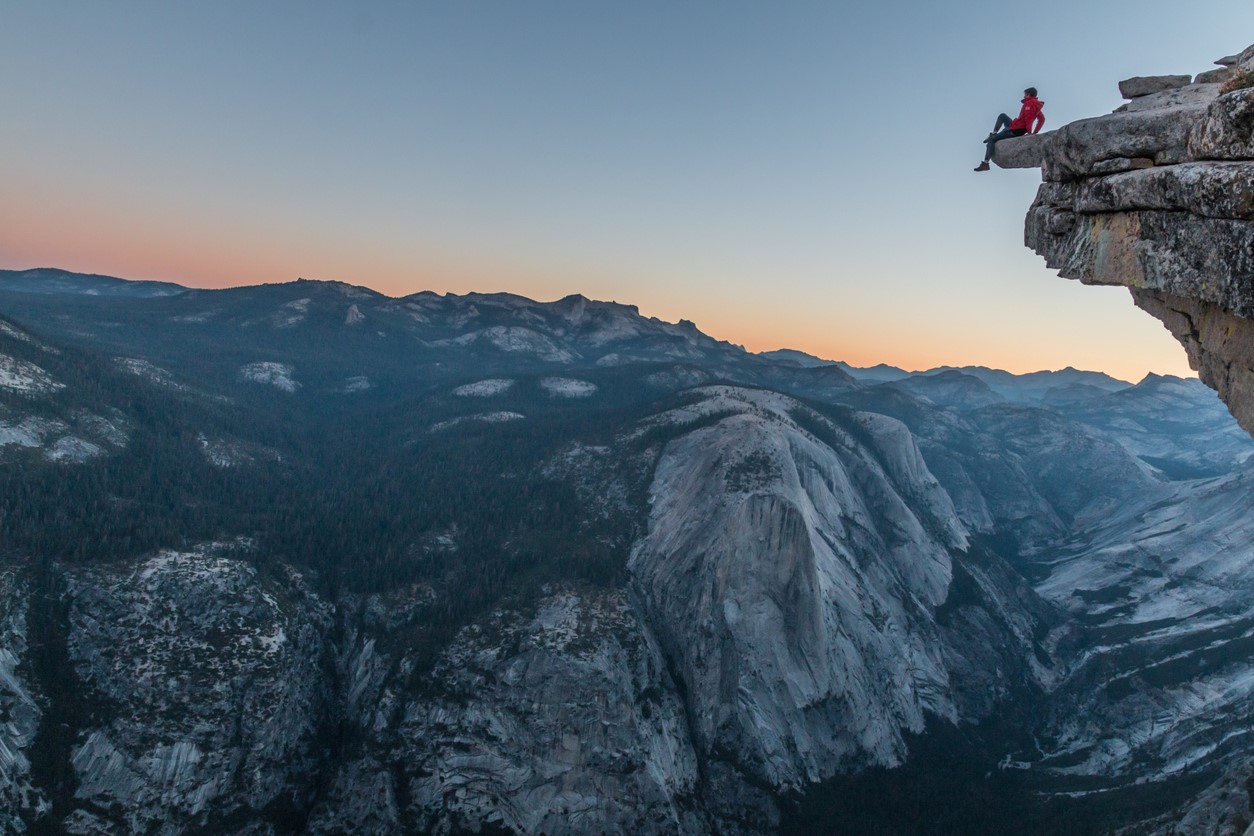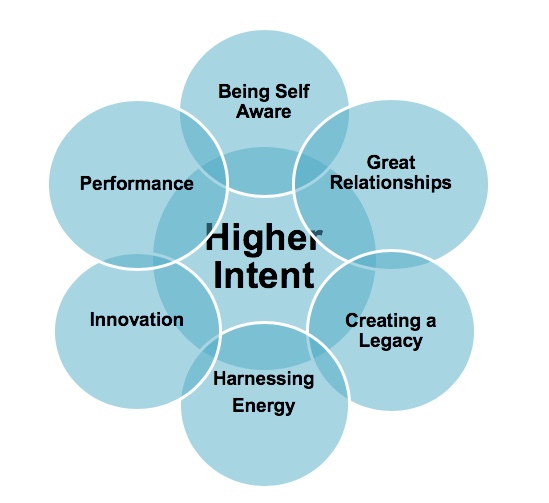Philip Goldman: "Pursuing higher intent leadership"

In my last post, I discussed the importance of leaders embracing their higher purpose to make better decisions. How though can leaders and CEOs ensure that they are successfully following their higher purpose?
One way is to go through a process that, here at Alexander, we call ‘Higher Intent Leadership’. It is a coaching model that requires leaders to engage in the most powerful conversations to enable their successful navigation of the challenges and opportunities they face today, and to consider the most profound contribution they can make for the benefit of all stakeholders.
Taking a deep dive

The process takes a deep dive into six core aspects of leadership: being self-aware; great relationships; performance; creating a legacy; harnessing energy; and, innovation. As part of the methodology, we will ask questions like ‘what kind of role model am I?’; ‘how comfortable am I with being vulnerable/disclosing?’; and, ’how well am I embodying the values that are most critical to our future?.’
Deepen self-awareness and understanding
The purpose of this self-reflection is to deepen self-awareness and understanding and for leaders to start to see their current-self more holistically and strategically; helping to form an integrated picture of their current style, strengths, and development areas. As a coach, my purpose is to do two things: firstly, to use ‘Higher Intent’ to raise awareness around those areas that are critically important for leaders who have a higher ambition for their organisation, and secondly, to support those leaders to take responsibility and action.
Escape the petty conflicts
When implemented successfully, the ‘Higher Intent Leadership’ model can help leaders and their teams escape the smallness of petty conflict and embrace the best of who we can all be when we collaborate and focus on a higher purpose. It’s about the responsibility of leaders to go beyond their own agenda to the good of all and is perhaps best illustrated by Victor Frankel – Austrian Holocaust survivor and psychiatrist: ““Freedom is in danger of degenerating into mere arbitrariness unless it is lived in terms of responsibleness. That is why I recommend that the Statue of Liberty on the East Coast be supplemented by a Statue of Responsibility on the West Coast.”